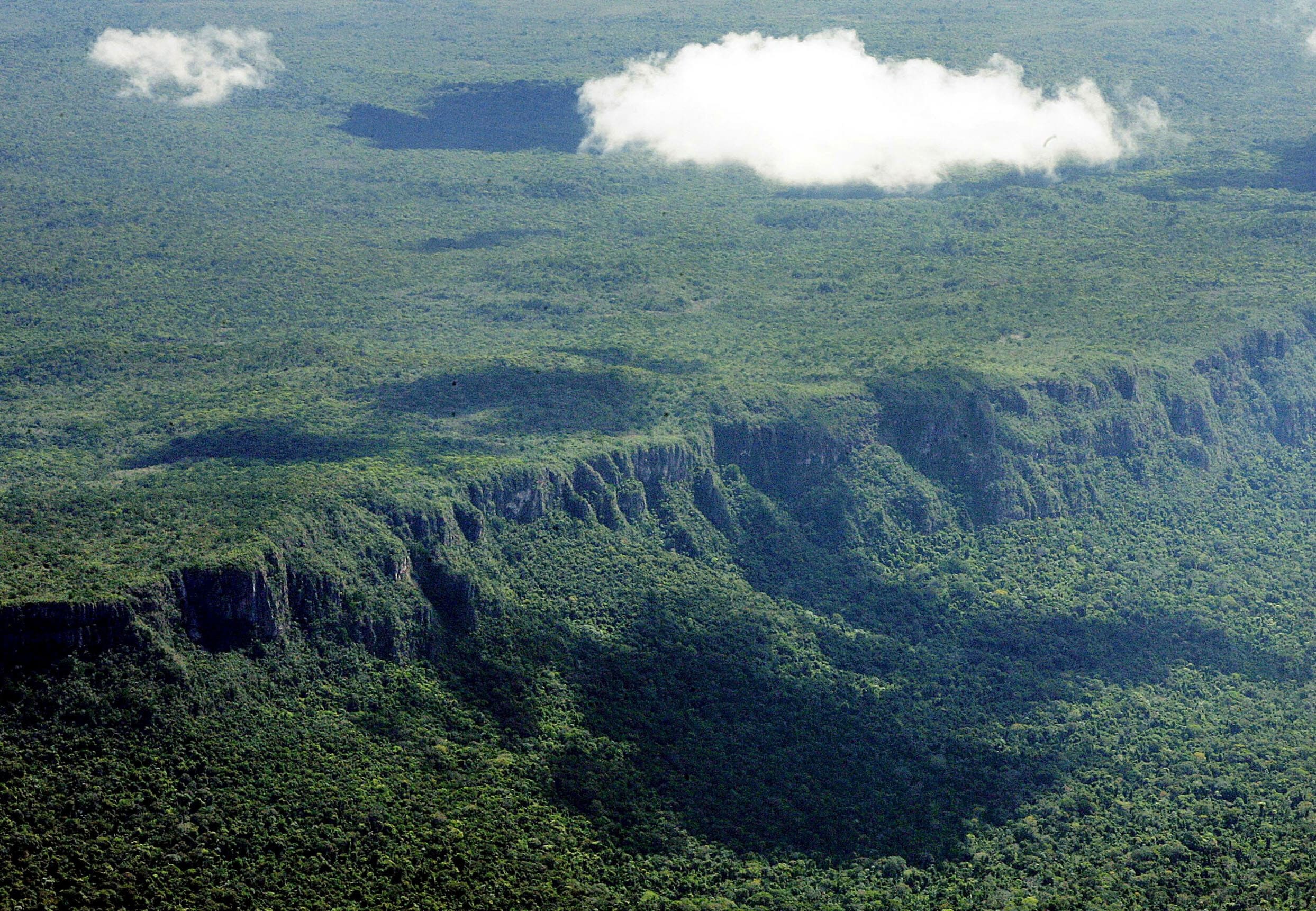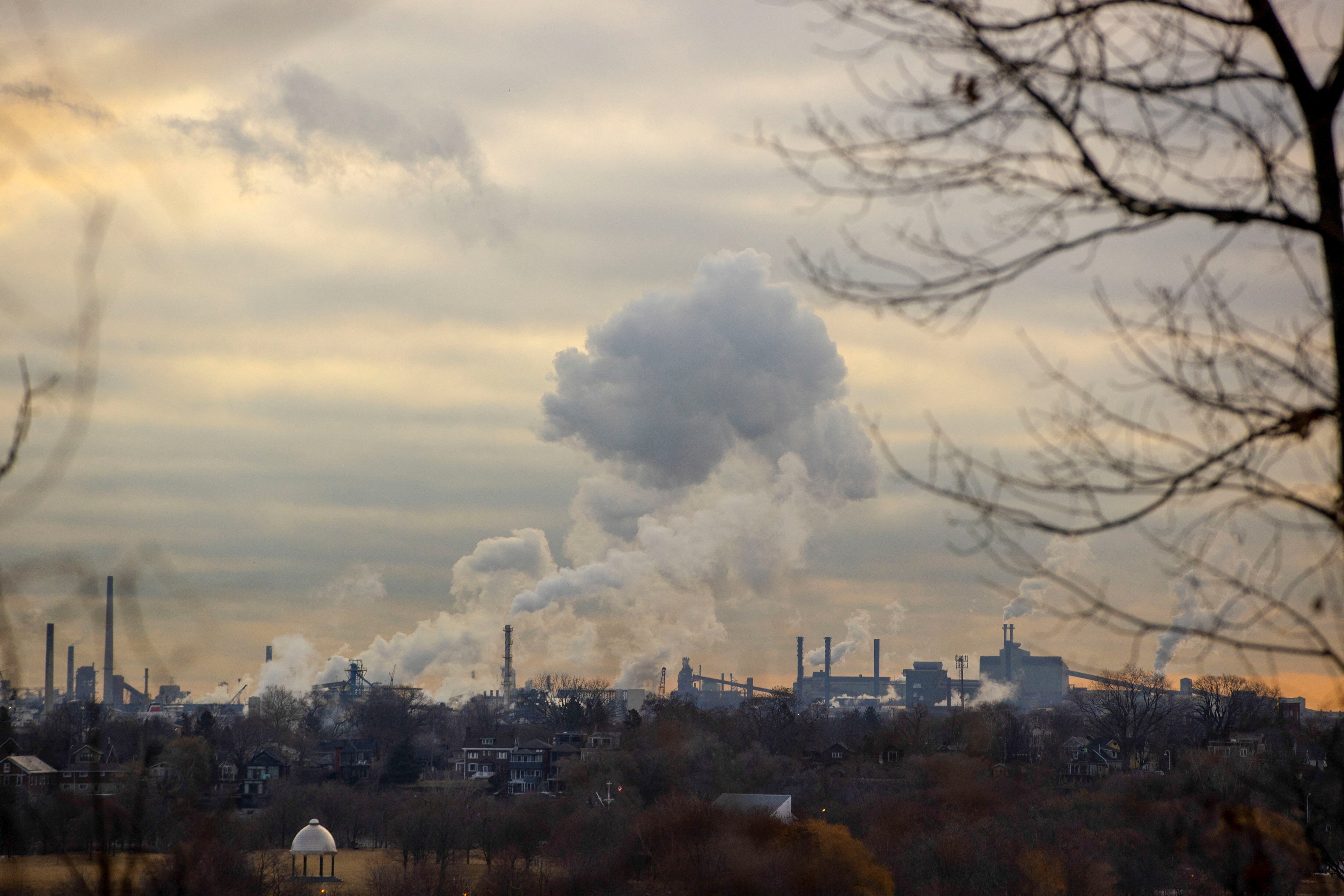The Netherlands is tackling climate change by making floating solar farms

The project is set to consist of 73,500 panels.
Image: REUTERS
Stay up to date:
Energy Transition
- 15 islands, made up of more than 70,000 solar panels are being built in the Netherlands
- The sun-tracking panels face the sun all day, so they’re able to absorb more energy
The famous poem “No Man is an Island” – meaning no one is completely self-sufficient – has resonated with Western society since the 17th century. But what if a man is an island comprised of solar panels? The odds of survival would be much higher.
In the Netherlands, the largest solar panel island project to date is currently being developed. Set to consist of 15 islands on the Andijk Reservoir in North Holland, 15 floating solar islands, containing 73,500 panels, will be the first sun-tracking islands of this size in the world.
Arnoud Vandruten, managing director of Floating Solar, a solar panel supplier of the project says the islands are in the engineering phase and will be put into the water in September, October, and November of this year. It’s no coincidence that this adaptation was born in the Netherlands, as people there already live below sea level.
Why on the water?
“We can fight the rising of the sea level in the Netherlands with building even higher dikes or living on the water,” says Vandruten. “So that is the reason why we changed our focus from putting solar panels on rooftops and land to water. We adapt by moving the energy supply from land to the rising water. We can also experiment with moving complete housing districts to the water, while being energy positive or at least neutral.”
Because the sun-tracking panels face the sun all day they’re able to absorb more energy. Additionally, being on water provides useful dynamics that aren’t possible on land.
“You have to make the system flexible so it can adapt to the energy of the waves and at the same time the panels can act as sails,” says Vandruten. “Because we can turn the island with the sun, the other advantage is you can put an island in such a position that it’s not harmed by the wind.”
Solar panel islands are also being built in Japan, China, Chile and the UK. Ramez Naam, Co-Chair of Energy and Environment at Singularity University, says that ultimately, cost savings and scarcity of land or water are what will drive the floating solar trend forward and bring more governments on board.
“Where land is scarce like in Japan, solar on reservoirs is a great way to deploy it in an area that otherwise couldn’t be used,” explains Naam. “When water cools down, the solar panels increases their efficiency and they then actually produce more electricity. Plus, solar over water can reduce evaporation losses from those reservoirs, ponds, canals and so on.”
Naam added that the price of solar electricity has dropped dramatically.
“In sunny parts of the world, solar is now just plain cheaper than coal or gas electricity,” he says.” In some places, building new solar or even new wind is cheaper or is about to be cheaper than continuing to operate on existing coal and gas.”
Don't miss any update on this topic
Create a free account and access your personalized content collection with our latest publications and analyses.
License and Republishing
World Economic Forum articles may be republished in accordance with the Creative Commons Attribution-NonCommercial-NoDerivatives 4.0 International Public License, and in accordance with our Terms of Use.
The views expressed in this article are those of the author alone and not the World Economic Forum.
Related topics:
Forum Stories newsletter
Bringing you weekly curated insights and analysis on the global issues that matter.
More on Nature and BiodiversitySee all
Tom Crowfoot
October 8, 2025
Constanza Gomez-Mont
October 7, 2025
Dorothy Abade-Maseke and Akim Daouda
October 6, 2025
Marco Lambertini
October 2, 2025
Tom Crowfoot
October 2, 2025
Gareth Francis
October 2, 2025





